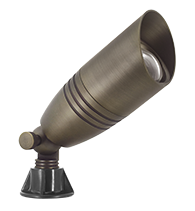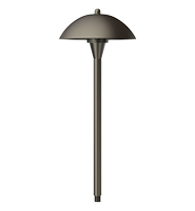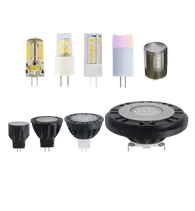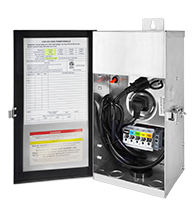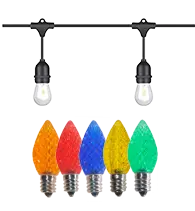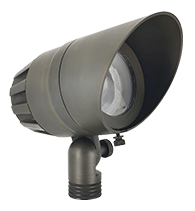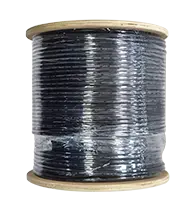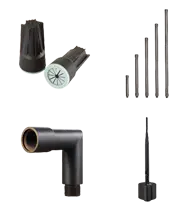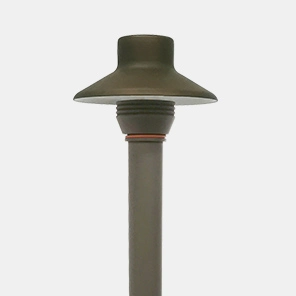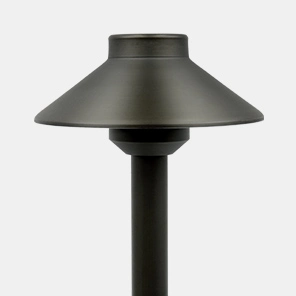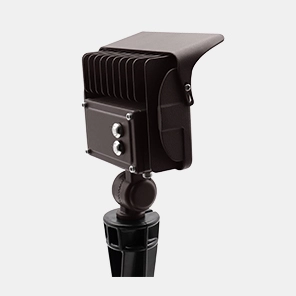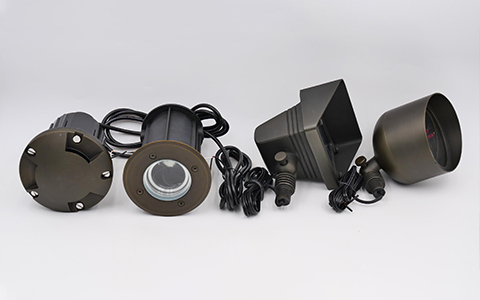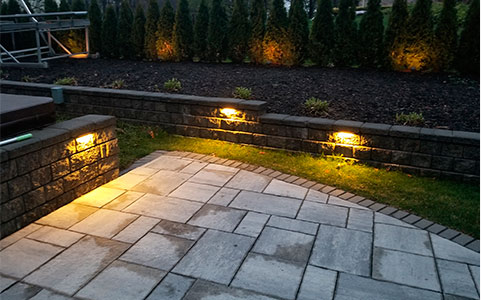LED lamps have a series of characteristics such as obvious power saving effect, long service life, no radiation, no stroboscopic effect, no noise, soft light, wide operating voltage range, etc., and are increasingly welcomed by consumers.
As a consumer, how to choose a satisfactory product among the dazzling LED lamps in the lighting store? How to judge whether the lamp is qualified? Reuters Technology provides advice for everyone. Consumers should pay attention to the power and comprehensive luminous efficacy of LED lamps, as well as the color rendering index and color temperature. As one of the most considerate China landscape lighting suppliers, we would like to think from the attitudes of our customers.
1. Observe the packaging and trademark of LED lamps
Since we provide landscape lighting wholesale, we feel obliged to remind you that the state mandates LED lighting manufacturers to mark the following contents on the product packaging: rated voltage, voltage range, rated power, and rated frequency. Generally speaking, the trademark of high-quality products is of good printing quality, the logo is clear and recognizable, and it is not easy to wipe off with a soft damp cloth, and has the manufacturer's trademark and related certification marks.
2. Check the appearance of the lamp tube of the LED lamp
There should be no cracks, looseness and signs of prying between interfaces. In the process of installation and disassembly, the lamp head should not be loose or tilted. The plastic shell of the lamp must be an engineering plastic flame retardant, which is characterized by a texture similar to frosted glass on its surface. The surface of ordinary plastic is smooth and shiny, but it is easily deformed and flammable, and it is forbidden to be used in the production of energy-saving lamps.
3. Observe the working status of LED lamps
Under normal working conditions, the temperature rise of LED lamps should be relatively low. If the heat dissipation conditions are not good and the lamp beads work at high temperatures, the light decay will be large, and the life of the lamps will be greatly reduced. At the same time, if the lamp flashes quickly when it is turned on and off, it also indicates a quality problem.
4. Pay attention to the working sound of LED lamps
Electromagnetic compatibility is an item that electrical appliances must pass, and the national electromagnetic compatibility test mark must be printed on the packaging of LED lighting products. We can also make a simple judgment through a small test. Bring a medium and short wave radio. When the lamp is working, put the radio nearby. The lower the noise received by the radio, the better the electromagnetic compatibility of the lamp under test. Listen to the sound of the LED lamp working in a quiet environment. If you can clearly hear the sound of the lamp working, it means that the power supply of the lamp is not very good. As we own path lights factory, we can guarantee you a satisfying experience.
As consumers who do not have electrical knowledge, if you want to quickly, simply and effectively buy LED lamps that meet your needs, you can roughly pay attention to the following two indicators.
One is power and comprehensive light effect. The comprehensive luminous efficiency of an LED lamp refers to the luminous efficiency of a product LED lamp, and the unit is lumens/watt. The higher the value, the better the energy-saving effect of the lamp, and the more energy-saving it is. You should choose an LED lamp with a high lumen/watt. Choose LED lamps with suitable power according to the usage environment. For the LED lamps currently on the market, 16-watt LED lamps can reach the luminous flux equivalent to 200-watt incandescent lamps, which is enough to meet the lighting requirements of 10 square meters of space.
The second is the color rendering index and color temperature. The color rendering index is an index to evaluate the color rendering ability of the light source to the object. The color rendering index of a perfect reference light source is 100. The higher the color rendering index, the closer the color rendering of the light source to the object is. It is generally considered that: 80-100, the color rendering is excellent; 50-79, the color rendering is average; less than 50, it is considered that the color rendering is poor. The unit of color temperature is Kelvin (K). The color temperature of the red light source is between 800K and 900K, the color temperature of the yellow-white light source is about 3,000K, the color temperature of the white light source is about 5500K, and the color temperature of the light blue light source is between 8,000K and 12,000K. The color temperature of the light source is selected according to personal preferences. For example, someone who likes lamps with warm colors can choose lamps with a color temperature of about 3,000K.

